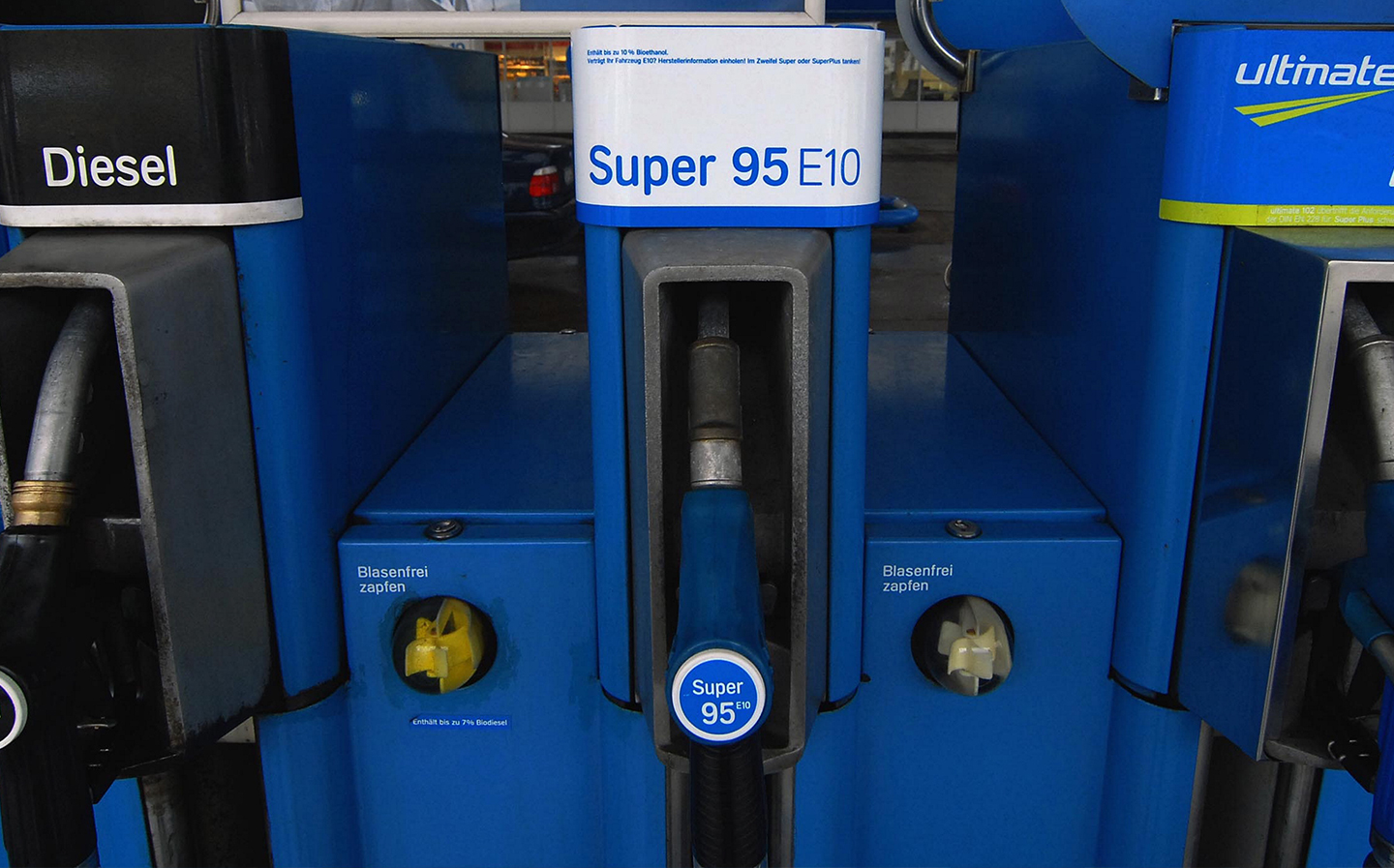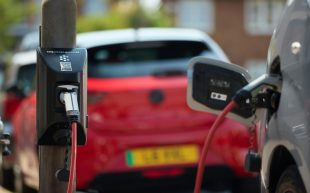E10 fuel: What is it, how will it affect you and can your car run it?
Move to fuel 'comparable to taking 350,000 cars off the roads', government claims
A NEW lower carbon fuel for petrol vehicles, known as E10, has now been introduced in the UK as part of a push to meet CO2 targets before the ban on the sale of new petrol and cars by 2030.
“The next 15 years will be absolutely crucial for slashing emissions from our roads, as we all start to feel the benefits of the transition to a zero-emission future,” said transport secretary Grant Shapps.
“But before electric cars become the norm, we want to take advantage of reduced CO2 emissions today.”
It has led many motorists to wonder if their car is compatible. Here’s what you need to know.
What is E10 fuel?
The cleaner petrol contains up to 10% ethanol, which is a 5% increase on the levels found in E5 petrol, which is found at UK petrol stations currently.
As of September 1, E10 has become the new ‘standard’ unleaded fuel at forecourts in the UK. The new blend is also widely used in European countries such as Belgium, Finland, France and Germany.
Is E10 better for the environment?
Renewable ethanol is an alcohol-based biofuel derived from corn, sugar cane and as a byproduct of paper waste. As well as reducing the levels of non-renewable fossil fuels in petrol by 5%, the growing of plants ethanol is taken from absorbs CO2 from the atmosphere.
The Transport Secretary, Grant Shapps, said that the resulting reduction in CO2 emissions could be up to 750,000 tons, which is comparable to taking 350,000 cars off the roads.
That sounds like a lot but its impact will be limited. At the end of September 2019, there were 38.9m licenced vehicles in Great Britain, according to the Department for Transport, meaning the introduction of E10 will have the equivalent effect of reducing the number of cars by less than one percent.
Will E10 petrol cost more at the pumps?
The government initially claimed that the introduction of E10 would not impact petrol prices, but a more recent impact assessment found the fuel will cost approximately 0.2p per litre more than current E5 petrol — translating to a £1 increase if fully refilling a 50-litre fuel tank.
The assessment also found that the energy content of E10 fuel is marginally less than that of E5, meaning that drivers of petrol vehicles will find economy decreases, and more trips to the pump will be required. The overall fuel cost for petrol cars is expected to increase by 1.6% as a result of the transition.
The transition also means that E5 petrol will become a more expensive “super” grade, meaning those whose cars aren’t compatible will pay more to fill up: in June 2021 “super unleaded” petrol was 12p per litre more expensive than regular unleaded.
Is my car E10 compatible?
All cars manufactured since 2011 are compatible with E10, and according to the DfT that means around 95% of cars on the roads today will be able to run on the fuel.
But the other 5% will include classic cars, a handful of specific models (particularly high performance vehicles and those from the early 2000s) and some scooters, particularly mopeds with an engine size of 50cc or under.
Some reports in the press warn of up to one million cars running into problems but a more conservative calculation by the RAC Foundation estimates that, in fact, approximately only 1.6% of cars — or 600,000 vehicles — will not be compatible with the fuel.
Popular vehicles expected not to be compatible with E10 include a number of VW Golf Mk.4 (1997-2003) and Mk.5 (2003-2008) variants.
If you’re worried your car won’t be compatible, you can find out using the government’s E10 fuel compatibility checker.
Is E10 the same as diesel?
No, it’s a different fuel altogether, and the transition to E10 will only affect petrol cars — drivers of diesel cars can carry on as normal.
Where will you be able to buy E10 petrol?
E10 is set to become the standard fuel across the UK from September 2021, meaning that it will be available at petrol stations across the country. However, buying E5 petrol might become slightly more difficult.
RAC fuel spokesman Simon Williams said: “Some retailers will … not have the capacity to be able to provide both E5 and E10 fuels on forecourts, so the impact is likely to be most keenly felt by those with incompatible vehicles in rural areas.”
Will E10 damage my classic or older car?
If your car is not E10 compatible and you accidentally fill it with the higher-ethanol fuel, don’t panic: using one tank of the petrol shouldn’t cause your car too much damage. It is only thought to begin corroding some metal and plastic components after repeated use. But return to using the correct fuel at the next fill-up, as outlined below.
Can you mix E10 and unleaded?
Yes, as long as your vehicle is compatible with E10 fuel, there’s no reason that you can’t mix E10 and E5 fuel. In fact, the RAC recommends that if you accidentally fill your older car with E10 fuel, begin to mix it with E5 after you’ve used between a third and half of the tank, to lessen the impact of the E10 on your engine.
Tweet to @ST_Driving Follow @ST_Driving
- After reading our guide to E10 fuel, you might be interested in more articles from Driving’s Car Clinic.
- We’ve answered a number of frequently asked questions about AdBlue — does your car need it?
- We’ve also created a guide on how to repair alloy wheel damage.





